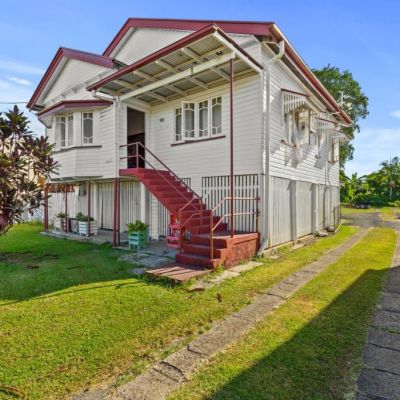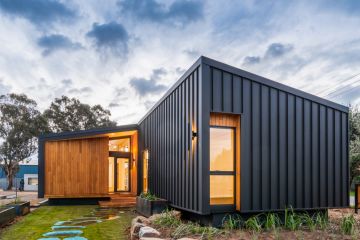House price cycles: History reveals the truth behind boom or bust

Home prices are unlikely to drop to pre-pandemic levels and the current downturn will be shorter than buyers and sellers may expect, new analysis shows.
Prices would need to slide to a national median of $800,000 – a 25 per cent plummet – to land where they were before COVID-19 hit, Domain data shows.
Historical Domain price data does not support this as a possibility following the latest spurt of aggressive price growth.
The boom-and-bust school of thought on the market has been disproven by the research that reveals price surges are followed by periods of only slight decline.

Domain has found prices would need to decrease to $799,085 – a violent decline of 25 per cent on the $1,065,447 national median price over a very short period – to sink to pre-pandemic levels, which Domain’s research team assessed as “unlikely”.
Domain tracked price rises and downturns over the past 30 years and found a pattern – downturns last for a quarter of the time that the market goes through the preceding upswing.
There have been only four phases since the 1990s where capital city house prices dropped – from 1995 to 1996; 2008 to 2009; 2011 to 2012; and 2018 to 19.
This downturn will be influenced by interest rate rises, Domain chief of research and economics, and the report’s author, Dr Nicola Powell said.
She advised sellers and buyers to adopt a long-term mentality.

“The speed and scale at which prices soften depends on many factors. However, the downturn will be somewhat shaped by how high and quickly interest rates go up, and the height inflation reaches,” Dr Powell said.
“Furthermore, tax settings, banking regulation, population and income growth, and the responsiveness of new housing supply to growing demand all influence property prices. It is important for Australians to remember that the ups and downs of prices are illustrative of a healthy property market – just like the expansion and contraction of an economy.
“If we view property as a longer-term investment, timing the market becomes less important.”
Domain noted the average upswings spanned 2.75 years, with a 32.7 per cent price rise, from peak to trough.
And, on average, downturns experience a 3 per cent price decrease, over 0.75 years (or just several months).

Dr Powell said falling prices can leave Aussies uncertain about the market.
“However, it is important to remember that property has historically moved through upswings and downturns, and there are lessons that can be learnt from previous price cycles,” she said.
Dr Powell said the lofty end of the market – the prestige sector, in the high-value capitals of Sydney are Melbourne – are showing the most vulnerability.
“Our analysis of directly comparing the steepness and duration of an upswing and subsequent downturn since 1995 supports the argument that it is not timing the market that is important, it is the time spent in the market that counts,” she said.
“So, what does this data mean for the current downturn? As per historical standards, the premium price point is showing the greatest weakness, clearly evident in the most expensive areas of Sydney and Melbourne.”
She said although “premium-priced” homes are at risk during downturns, they show greater rates of price growth during the upward periods.
“This also means that when we move into a recovery phase, it will be evident first across the premium price-point,” Dr Powell said.
We recommend
We thought you might like
States
Capital Cities
Capital Cities - Rentals
Popular Areas
Allhomes
More










